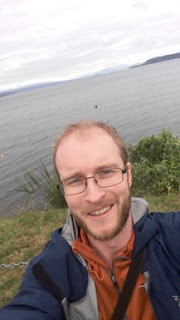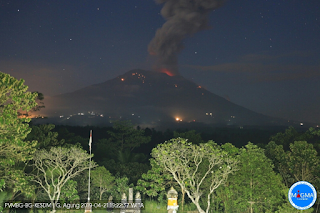Magma Plumbing Systems: A Geophysical Perspective

- Guest blog! Craig Magee Volcanic systems are complicated. Nearly as complicated, it turns out, as figuring out how to introd uce your first blogpost. I’ve finally decided on... This is me trying to be artistic with a jaunty selfie in front of Lake Taupo Hello! I’m Craig. Usually I introduce myself as a volcanologist. It’s much easier and sounds more exciting than saying ‘I’m a structural igneous geologist’, which then requires deciphering.Unfortunately, given the expertise of the usual reporters for this most excellent blog, I cannot really pass myself off as a volcanologist. The only active volcanoes I’ve been to are on Lanzarote, which I can’t even remember the name of, and Taupo in New Zealand. I’ve never even seen a volcano erupt! Instead, I specialise in mapping ancient magma plumbing systems in 3D and reconstructing their formation. To circle back to my opening remark, we have learned a lot about volcanoes but it seems the more we learn the more complicated the



